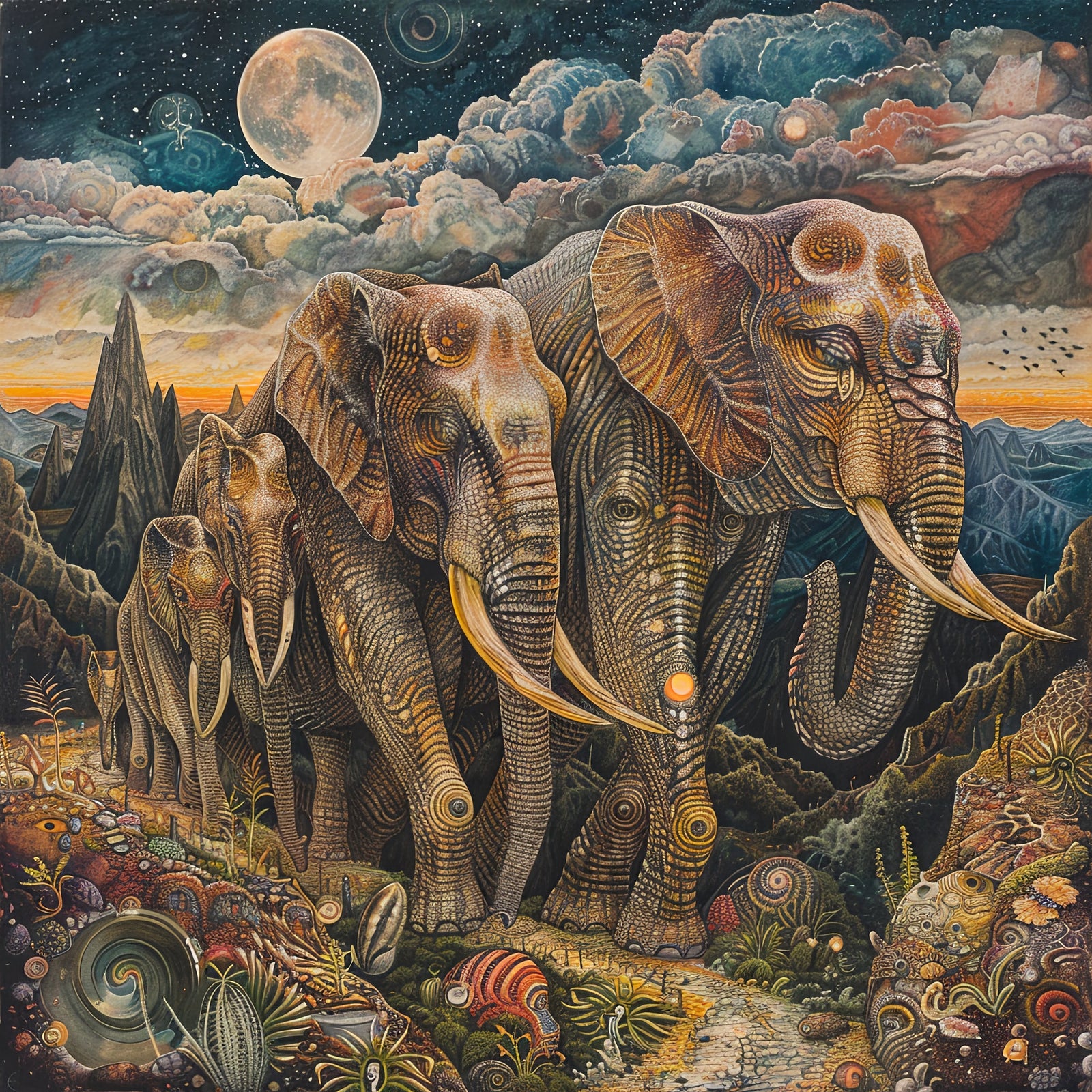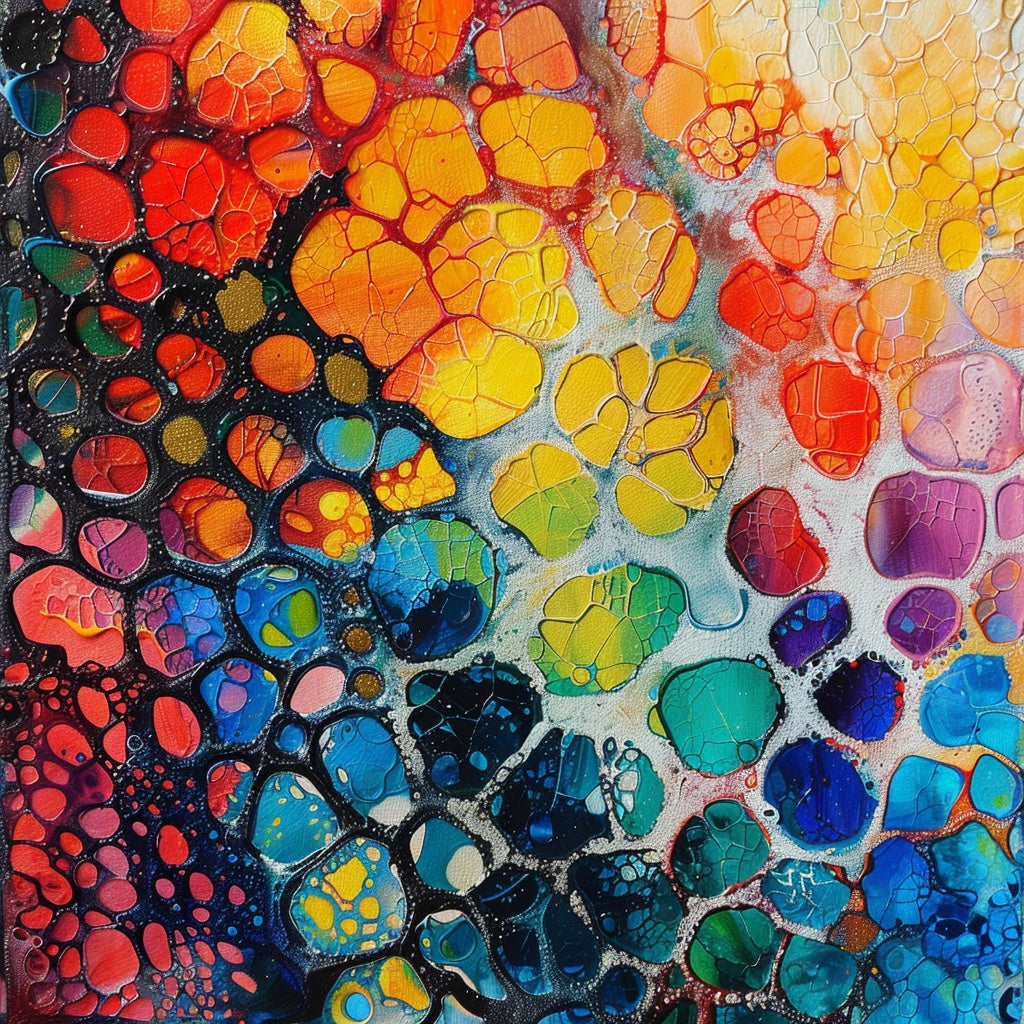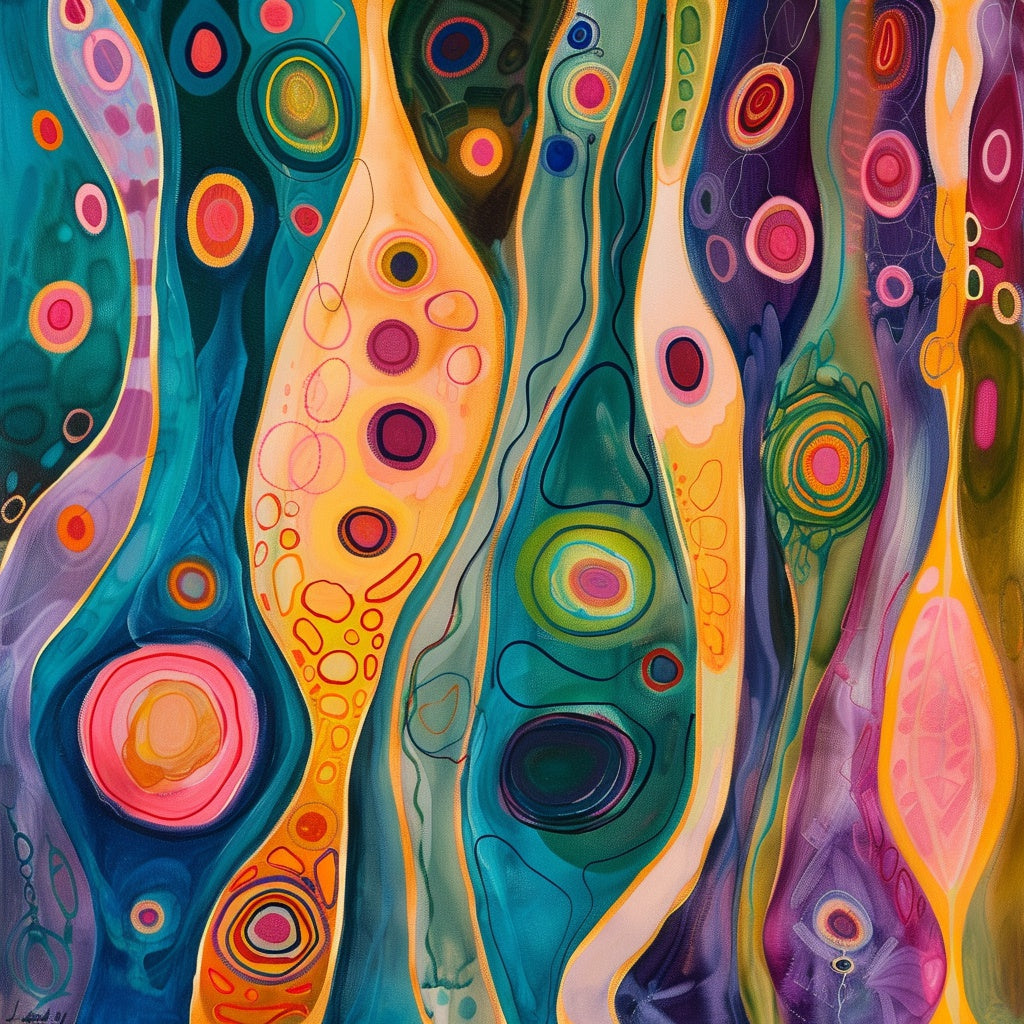The Originality of AI Art
The rise of AI art generators has sparked a debate about creativity, originality, and the future of art. This post explores the arguments for and against the originality of AI-generated art, examining how these technologies work and what their impact might be. We will delve into the methods used by AI, the human-machine collaboration involved, and the examples that showcase the potential of AI in the art world.
Table of Contents
- Introduction
- How AI Art Is Created
- The Case for Originality
- The Case Against Originality
- The Role of Human Input
- Comparing AI Art and Human-Created Art
- The Future of AI Art
- Footnotes
Introduction
The question of whether a computer can be truly creative has been debated for decades, but it has gained significant traction with the emergence of AI art generators. These tools, such as DALL-E 2 and Midjourney, can produce impressive images from text prompts, blurring the distinction between human and machine creativity. But are these AI-generated images truly original works of art? This article explores the arguments for and against the originality of AI art.
How AI Art Is Created
Artists have long been fascinated by the intersection of art and technology. As early as 1968, Vera Molnár experimented with programming languages to produce randomly generated artwork. This early exploration laid the groundwork for the current surge in AI art generators.
AI art generators are trained on vast datasets of images and text, enabling them to learn the patterns and relationships between visual elements. The AI absorbs the intricacies of color, composition, and style by sifting through millions of paintings, photographs, and sketches. This training gives the AI the knowledge to generate new images based on user prompts.
Common AI Art Methods
The algorithms powering AI art are complex and varied. Here's an overview of some common methods:
- Generative Adversarial Networks (GANs): These involve two neural networks working together. One generates images, and the other evaluates them. This adversarial process drives the AI to create increasingly realistic images. Imagine two artists, one creating and the other critiquing, constantly pushing each other to improve.
- Variational Autoencoders (VAEs): VAEs use a probabilistic approach. They encode input data into a distribution and then decode it to create new content. This method allows for a broader range of artistic expressions. Think of it like a musician improvising on a theme, exploring different variations and possibilities.
- Neural Style Transfer: This method applies the style of a pre-existing artwork to a new image. For example, merging the style of Van Gogh with a photograph of your pet.
The Case for Originality
Despite the use of algorithms and existing data, proponents argue that AI art can be original in several ways:
Novel Combinations
AI can combine elements from different sources in unexpected and creative ways, leading to unique and surprising results. Imagine an AI blending the surrealism of Salvador Dalí with the vibrant colors of Frida Kahlo, creating a hybrid style never seen before. These novel combinations demonstrate a form of originality that goes beyond mere replication.
Transformative Process
Even when drawing inspiration from existing works, AI algorithms transform the input data, creating something new and distinct. It's like a chef taking familiar ingredients and creating a new dish. The AI’s manipulation of existing data results in a novel output, suggesting originality through transformation.
Human-Machine Collaboration
AI art is often a collaborative process between humans and machines. The artist provides the prompt, guides the AI, and selects the final output. This partnership can lead to original works that neither the artist nor the AI could have created alone. This collaboration can lead to innovative forms of artistic expression where human intuition and AI’s computational power work in tandem.
AI art can also be original in a way similar to how artists like Picasso and Van Gogh created new art styles while being inspired by the past. Just as these artists revolutionized art by building upon existing traditions, AI can analyze and reinterpret existing forms in novel ways, potentially leading to new artistic movements.
Some experts even suggest that AI art can surpass human creativity in certain aspects. Mario Klingemann, a pioneer in AI art, states that "AI art allows us to discover new artistic expressions. Machines can analyze and reinterpret existing forms in ways that might never have crossed a human mind".
The Case Against Originality
Despite the potential for originality, critics of AI art argue that it lacks true originality for several reasons:
Dependence on Existing Data
AI art generators rely on existing datasets of images and text. This dependence raises concerns about whether AI can truly create something new or if it's simply remixing existing ideas. While AI can generate novel combinations, its creations are ultimately rooted in the data it was trained on. This reliance on pre-existing material challenges the notion of originality as traditionally understood.
Lack of Intentionality
AI lacks consciousness and intentionality. It cannot imbue its creations with meaning or express personal emotions and experiences like human artists can. A painting by a human artist might reflect their personal struggles, cultural background, or philosophical beliefs, while an AI-generated image lacks this depth of human experience. This lack of personal expression is a key point in the argument against the originality of AI art.
Reproducibility
AI-generated art can be easily replicated. This reproducibility challenges the traditional notion of art as a unique and singular creation. The ease with which AI art can be duplicated raises questions about its value as a unique piece of artwork.
Art historian Claire Bishop argues that "without the intentionality of human experience and personal storytelling, AI art might be beautiful, but it lacks the depth we expect from true works of art." This highlights the importance of human intention and experience in traditional art.
The Role of Human Input
The level of human input in AI art creation varies greatly. Sometimes, the artist simply provides a text prompt, and the AI generates the image with minimal intervention. In other cases, the artist plays a more active role, guiding the AI, refining the output, and making creative decisions throughout the process.
The question of how much human input is required for AI art to be considered original is complex and has no easy answer. Any human involvement, even just providing a prompt, is enough to imbue the work with originality. Others argue that the artist must play a more significant role in shaping the final output to be original. A key takeaway is that AI is not necessarily replacing human creativity but shifting it towards a collaborative approach between humans and machines. This collaboration can lead to new and innovative forms of artistic expression where human intuition and AI's computational power work in tandem.
Comparing AI Art and Human-Created Art
While AI and human-created art aim for creative expression, their processes and outcomes differ significantly. AI art relies on algorithms and data, while human art stems from personal experiences, emotions, and cultural contexts. This difference often leads to AI art lacking the emotional depth and unique perspective found in human art.
AI art often excels in precision and consistency, while human art embraces imperfections and individual styles. AI art can generate photorealistic or surreal images, while human art encompasses a wider range of styles, from impressionistic to abstract. These differences highlight the distinct characteristics of AI and human creativity in the art world.
The Future of AI Art
AI art is a rapidly developing field. Its future is uncertain, but AI will continue to play a significant role in the art world. Whether AI art is truly original or not, it's undeniably pushing the boundaries of artistic expression and challenging our traditional notions of creativity.
AI art, while facing limitations, can still be a valuable tool for artists to explore new possibilities and push their creative boundaries. It can also catalyze innovation, leading to new forms of art and creative expression. The future of AI art lies in collaboration between humans and machines. By combining the strengths of both, we can create new and innovative forms of art that were previously unimaginable.
In conclusion, whether AI art is original is complex and multifaceted. There are strong arguments on both sides, and the answer likely depends on how we define originality and the role of human input in the creative process. AI art challenges our understanding of creativity and pushes the boundaries of what's possible. It has the potential to democratize art creation, making it accessible to a wider range of people. AI art is a new and exciting form of artistic expression that is transforming the art world. The interplay between human and machine creativity will likely shape the future of art, leading to a new era of artistic exploration and innovation.
Footnotes
- What is AI art & how does it work? - Adobe Firefly, accessed February 11, 2025, https://www.adobe.com/products/firefly/discover/what-is-ai-art.html
- What is AI Art? How Art Generators Work (2025) - Elegant Themes, accessed February 11, 2025, https://www.elegantthemes.com/blog/design/what-is-ai-art
- What Is AI-Generated Art? | IxDF, accessed February 11, 2025, https://www.interaction-design.org/literature/topics/ai-generated-art
- What's the Real Deal between AI Art & IP? - Michelson IP, accessed February 11, 2025
- Is AI Art Really Art? - Gini Graham Scott - Medium, accessed February 11, 2025, https://ginigrahamscott.medium.com/is-ai-art-really-art-8ef58315f86c
- www.plymouth.ac.uk, accessed February 11, 2025
- AI Art Copyright: Legal Issues & Ownership Explained - Magic Studio, accessed February 11, 2025
- What Is an "Author"?-Copyright Authorship of AI Art Through a ..., accessed February 11, 2025
- Ethical Considerations in AI Art | Art and Technology Class Notes ..., accessed February 11, 2025
- AI-Generated Art Vs Human Creativity: A Comparison - Debut Infotech, accessed February 11, 2025
- Perspectives on the AI Art Debate : r/OpenAI - Reddit, accessed February 11, 2025
- Is AI-generated art actually art? - University of Plymouth, accessed February 11, 2025
- The Debate on AI Art vs. Human-Made Fine Art: A Perspective | New Buffalo Art Gallery, accessed February 11, 2025
- When Machines Mimic, but Don't Create: Why AI “Art” Isn't True Art, accessed February 11, 2025
- is AI art copyrighted? not if there's no human work, US office says, accessed February 11, 2025
- How Much Does Human Input Matter in AI Creativity? | Psychology ..., accessed February 11, 2025
- 10 Mind-Blowing Examples of AI-Generated Art - ClickUp, accessed February 11, 2025
- AI Art vs Human Art: An Honest Comparison of Artwork Possibilities - InBound Blogging, accessed February 11, 2025
- AI art vs Human Art: A Side by Side Analysis - Raúl Lara Contemporary Artist, accessed February 11, 2025



Leave a comment (all fields required)